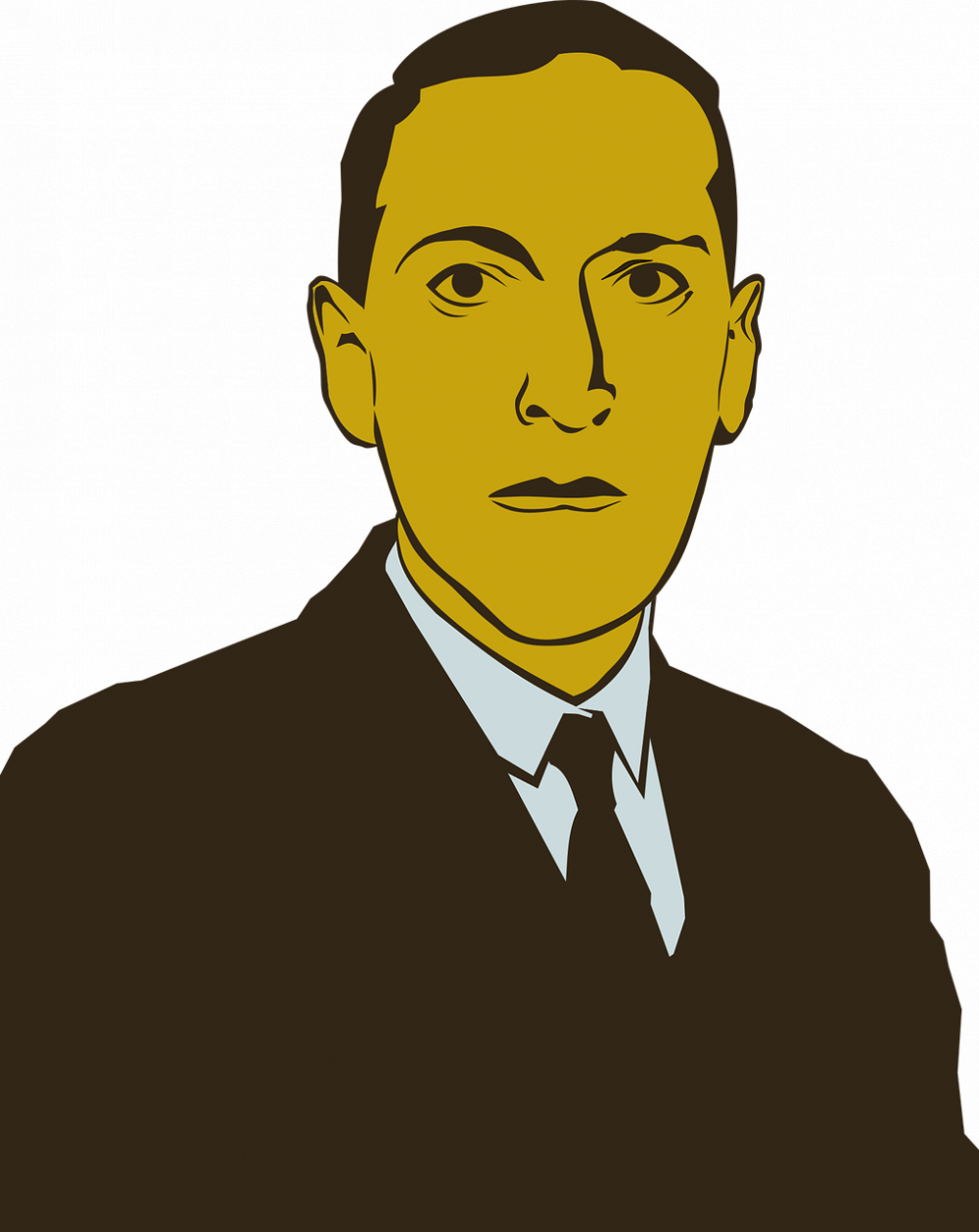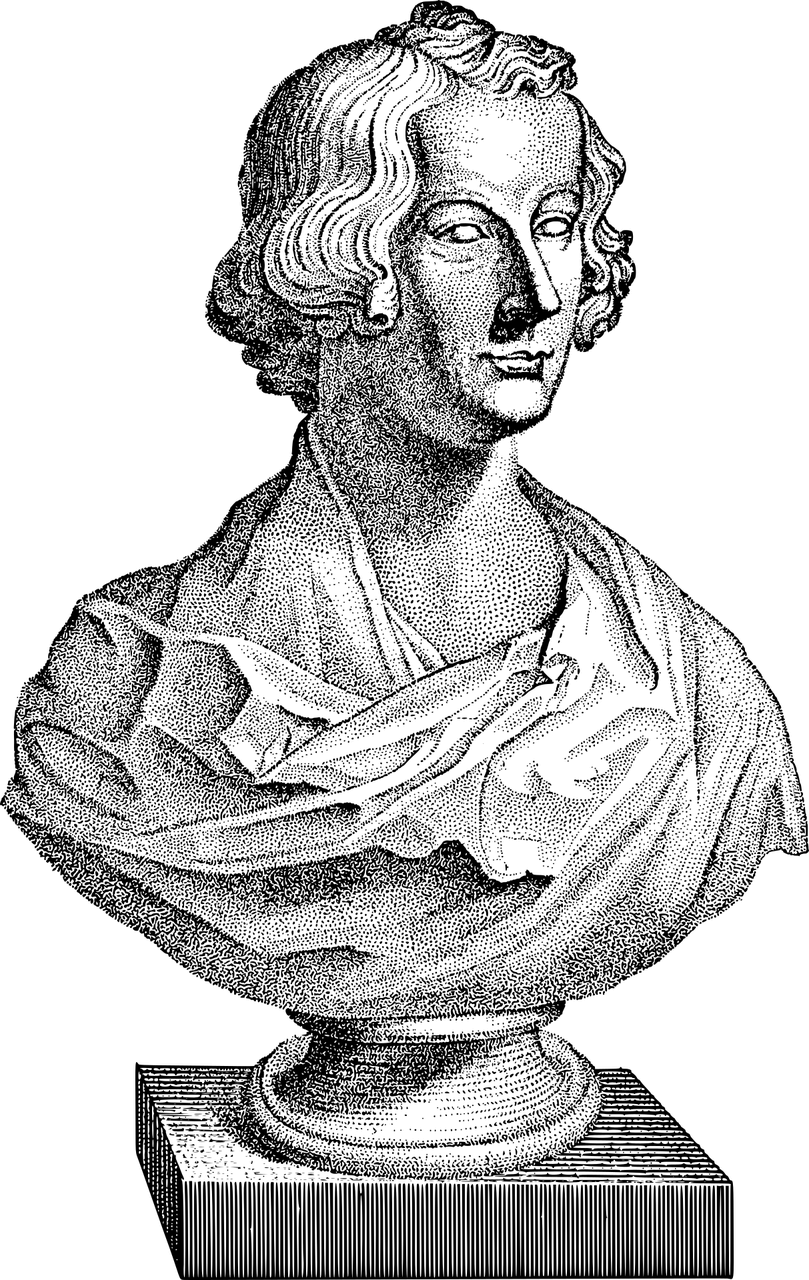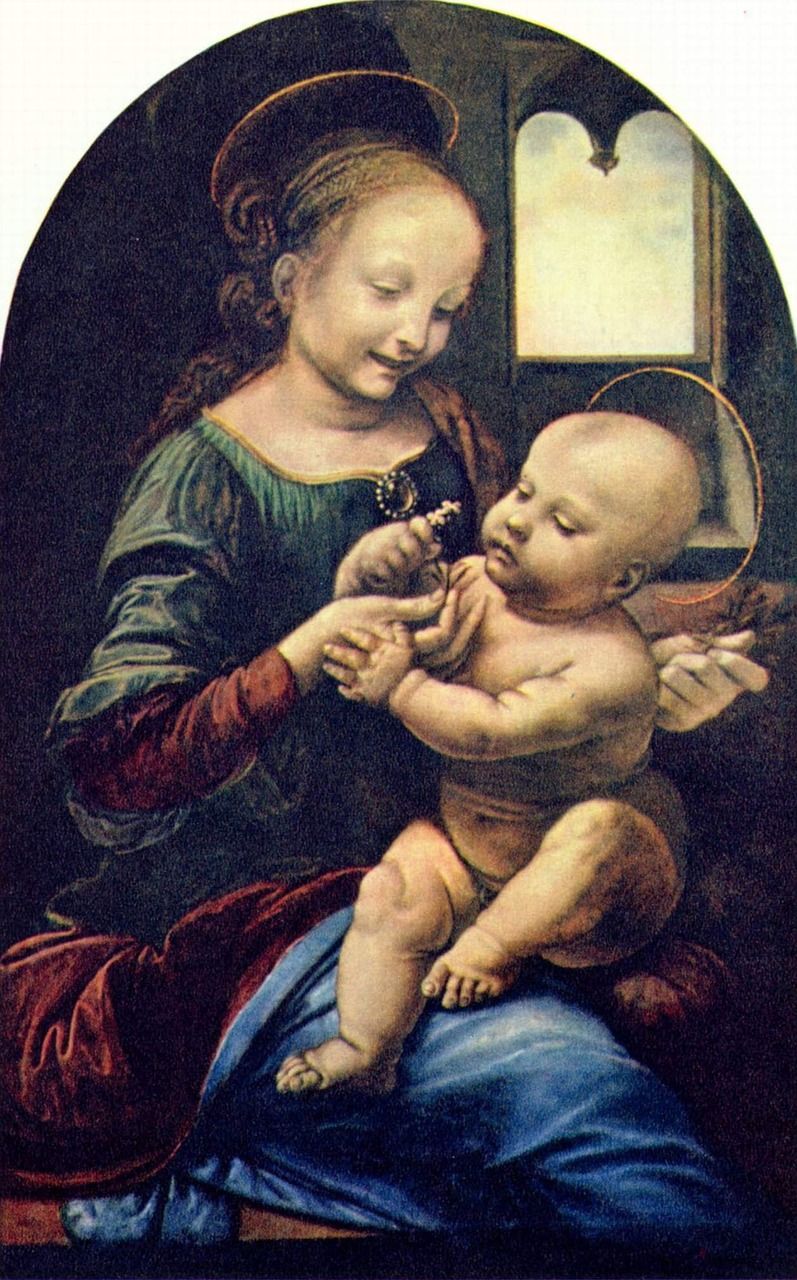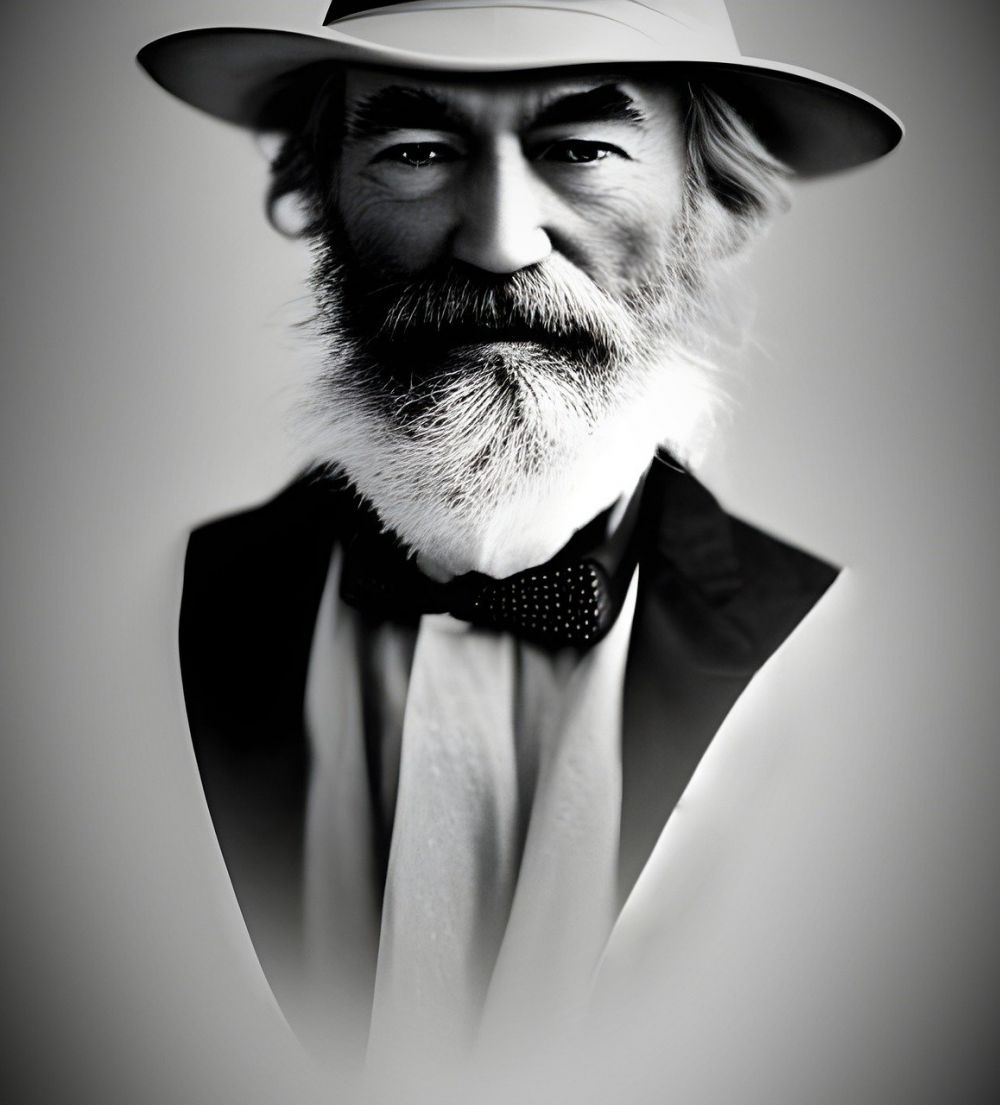Ernest Hemingway Books: A Deep Dive into the World of the Iconic Author
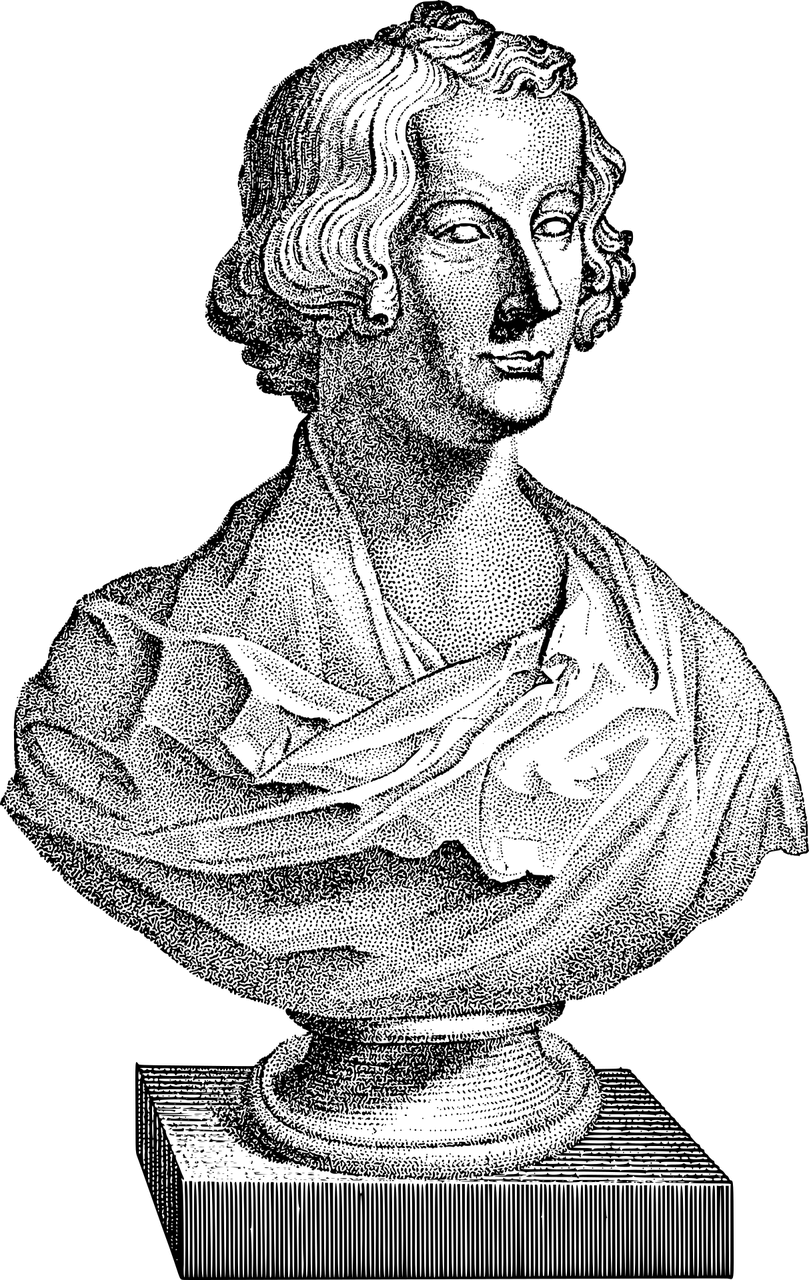
Introduction:
Ernest Hemingway was a renowned American novelist and short-story writer whose works continue to captivate readers with their raw emotions, vivid descriptions, and profound characters. This article is a comprehensive exploration of Hemingway’s books, providing valuable insights for those interested in his literary journey. From his early successes to the evolution of his writing style, we delve into the historical development of Ernest Hemingway’s books.
Historical Development of Ernest Hemingway’s Books:
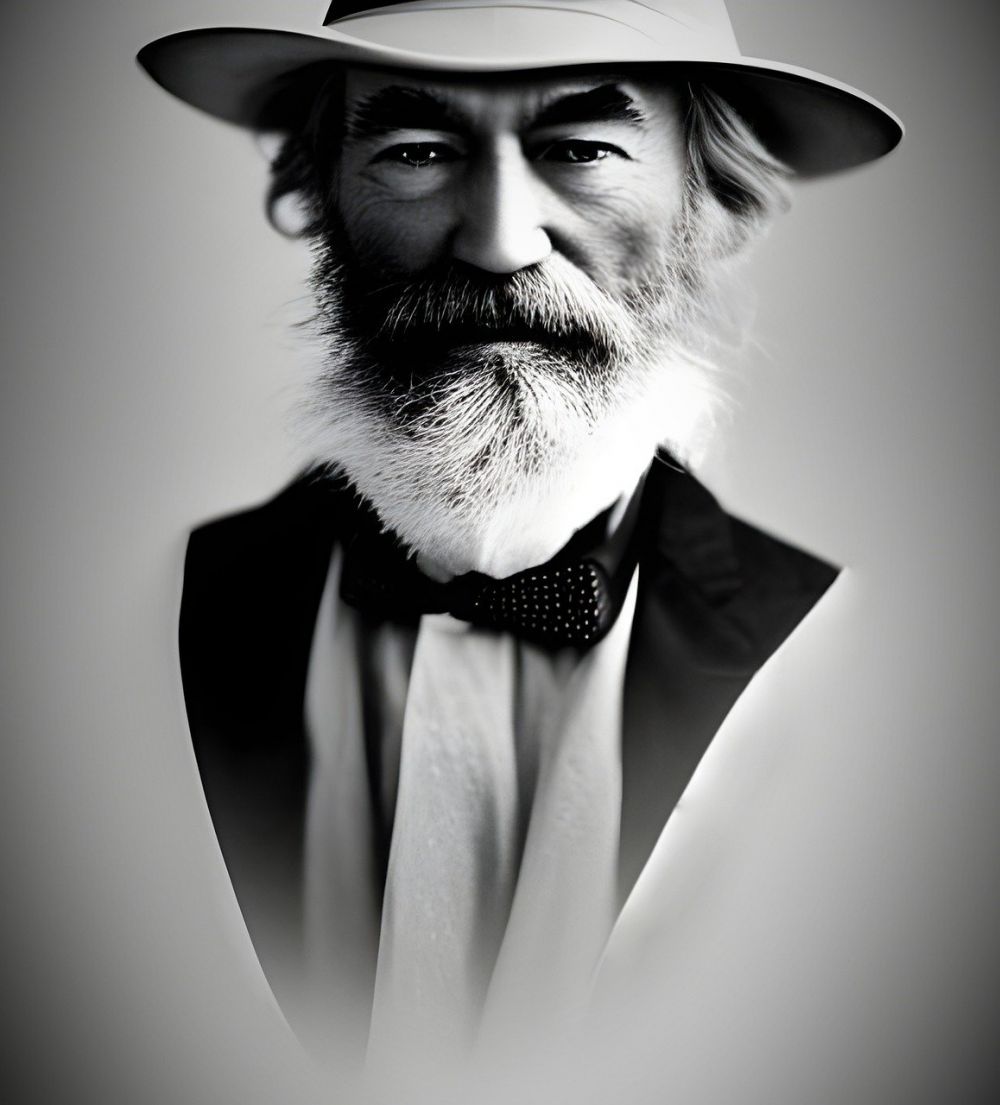
Hemingway’s literary career can be classified into different periods, each marked by unique characteristics and thematic choices. Let us take a journey through time and explore the evolution of his writing.
1. The Early Years (1920s):
– Hemingway’s debut novel, “The Sun Also Rises” (1926), introduced readers to his minimalist prose and exploration of the Lost Generation.
–
This video showcases Hemingway’s early writing style and the impact of his experiences in World War I.
2. The African Influence (1930s):
– Hemingway’s time spent in Africa inspired his famed novel, “The Green Hills of Africa” (1935), which combines his love for hunting, nature, and adventure.
– His personal experiences and encounters with big-game hunters influenced his later works, such as “The Snows of Kilimanjaro” (1936).
3. The Spanish Civil War (1936-1939):
– Hemingway’s first-hand involvement in the Spanish Civil War shaped his literary approach in works like “For Whom the Bell Tolls” (1940).
– Filled with political undertones and intense human drama, this novel showcases Hemingway’s deep empathy and understanding of war’s complexities.
4. Post-War Reflections (1940s onwards):
– Hemingway’s experiences as a war correspondent influenced his post-war works, including “The Old Man and the Sea” (1952), a novella that earned him the Pulitzer Prize.
– This introspective tale explores themes of resilience, determination, and the human spirit, establishing Hemingway as one of the greatest American authors.
Key Elements to Know:
To appreciate Hemingway’s books fully, it is essential to delve into the key elements that define his writing style and narrative approach. Here are the essential aspects to consider:
1. Hemingway’s Prose Style:
– Hemingway’s minimalist and concise prose captivates readers with its brevity and emotional impact.
– His unique writing style, characterized by short sentences and powerful descriptions, allows readers to immerse themselves fully in the story.
2. Themes and Motifs:
– Across his books, Hemingway explores recurring themes such as masculinity, courage, and the consequences of war.
– His works often delve into the complexities of human relationships, love, and loss, creating characters that resonate with readers.
3. Realism and Imagery:
– Hemingway’s relentless pursuit of realism can be seen in his vivid depictions of landscapes, emotions, and human experiences.
– Through carefully chosen imagery, he transports readers to the settings of his novels, making them feel like active participants in the story.
4. Hemingway’s Influence and Legacy:
– Hemingway’s works have left a lasting impact on literature, inspiring numerous writers and artists globally.
– His unique blend of storytelling, realism, and emotional depth continues to captivate readers, making his books timeless classics.
In conclusion, Ernest Hemingway’s books offer profound insights into the human condition, filled with iconic characters and captivating storytelling. Exploring the historical development of his works, from his early successes to his post-war reflections, allows readers to fully appreciate his literary journey. Hemingway’s minimalist prose, vivid imagery, and exploration of universal themes make his books a must-read for all art enthusiasts and collectors.
Sources:
– [Insert source 1]
– [Insert source 2]
– [Insert source 3]


